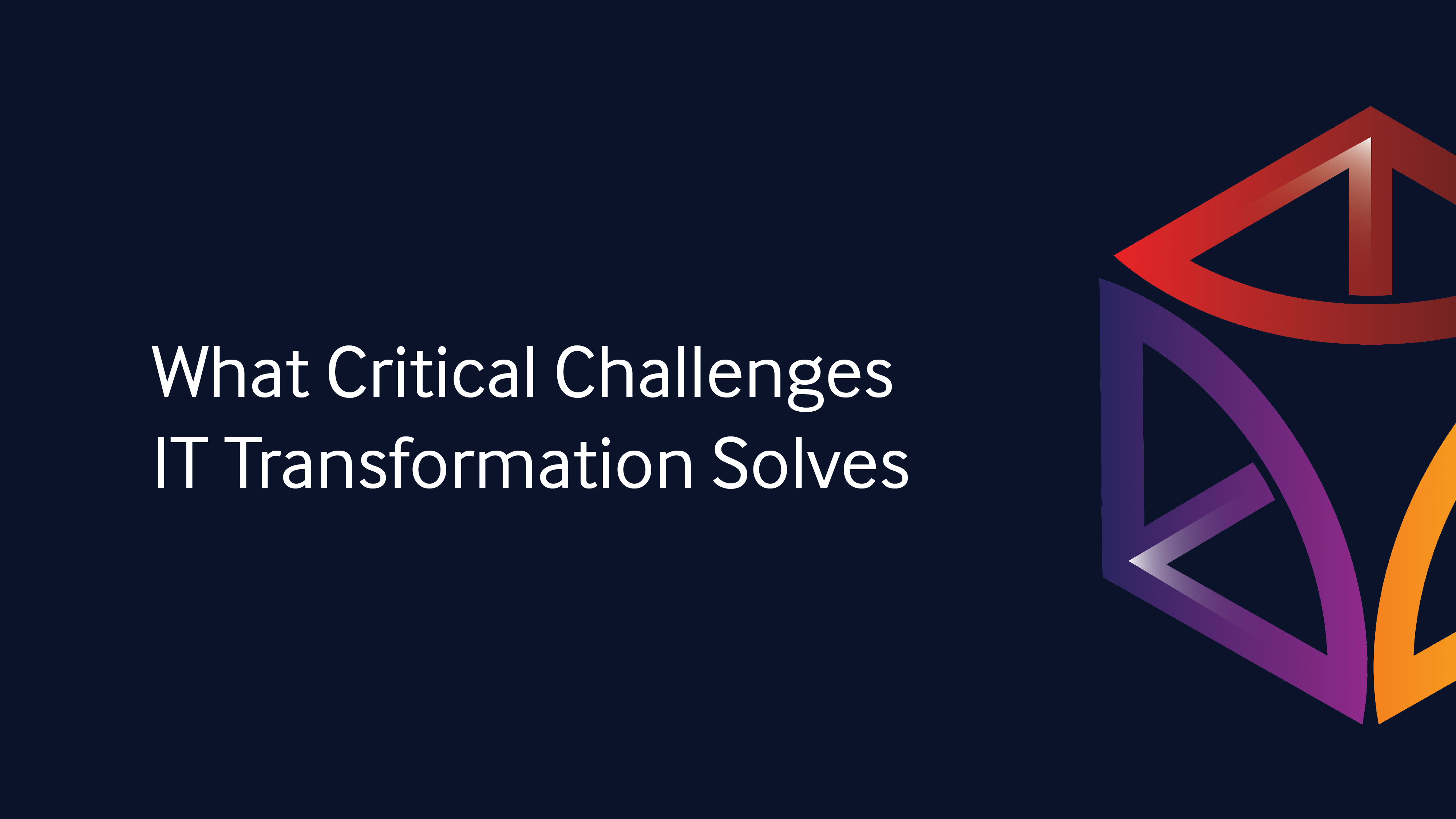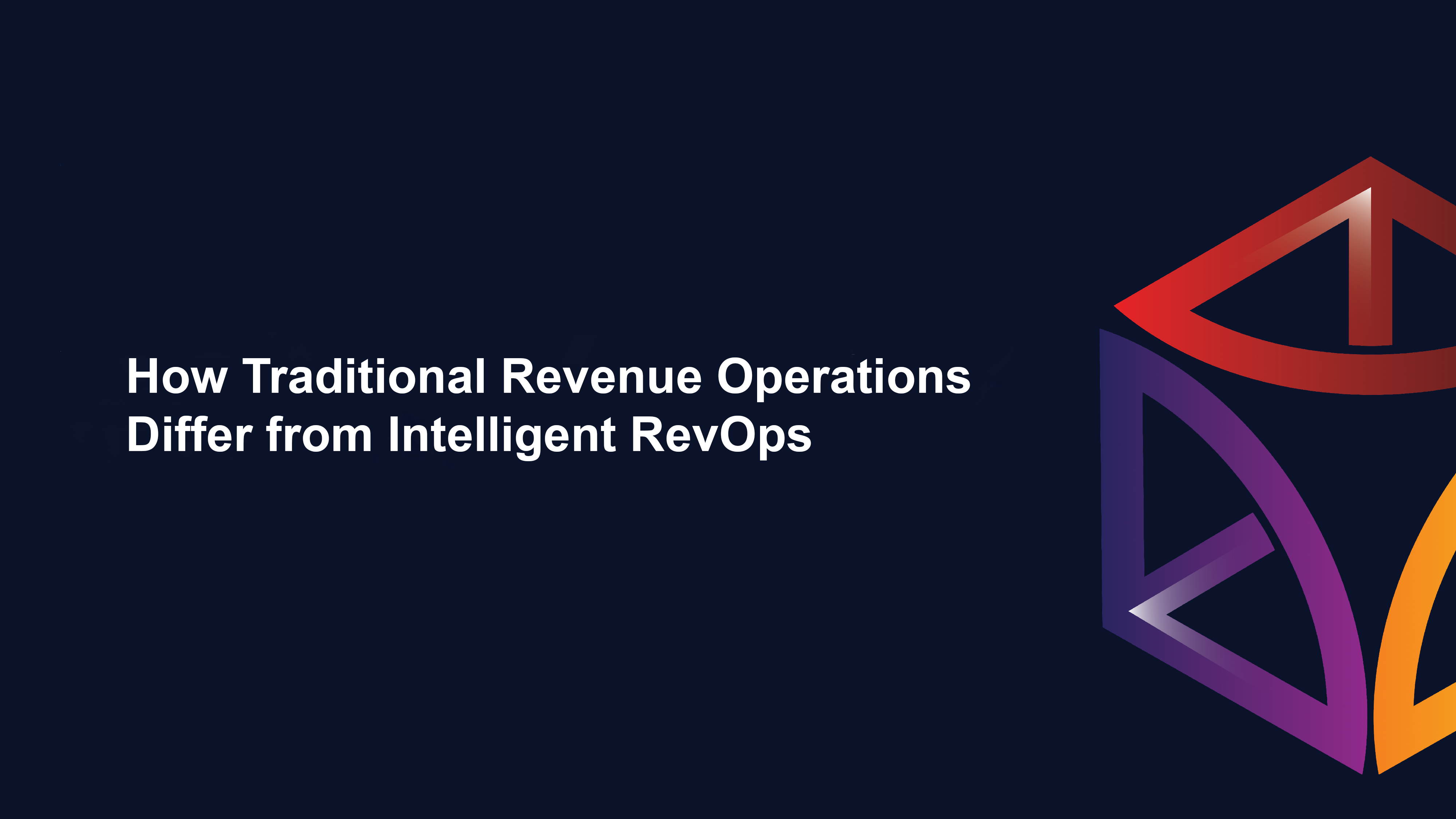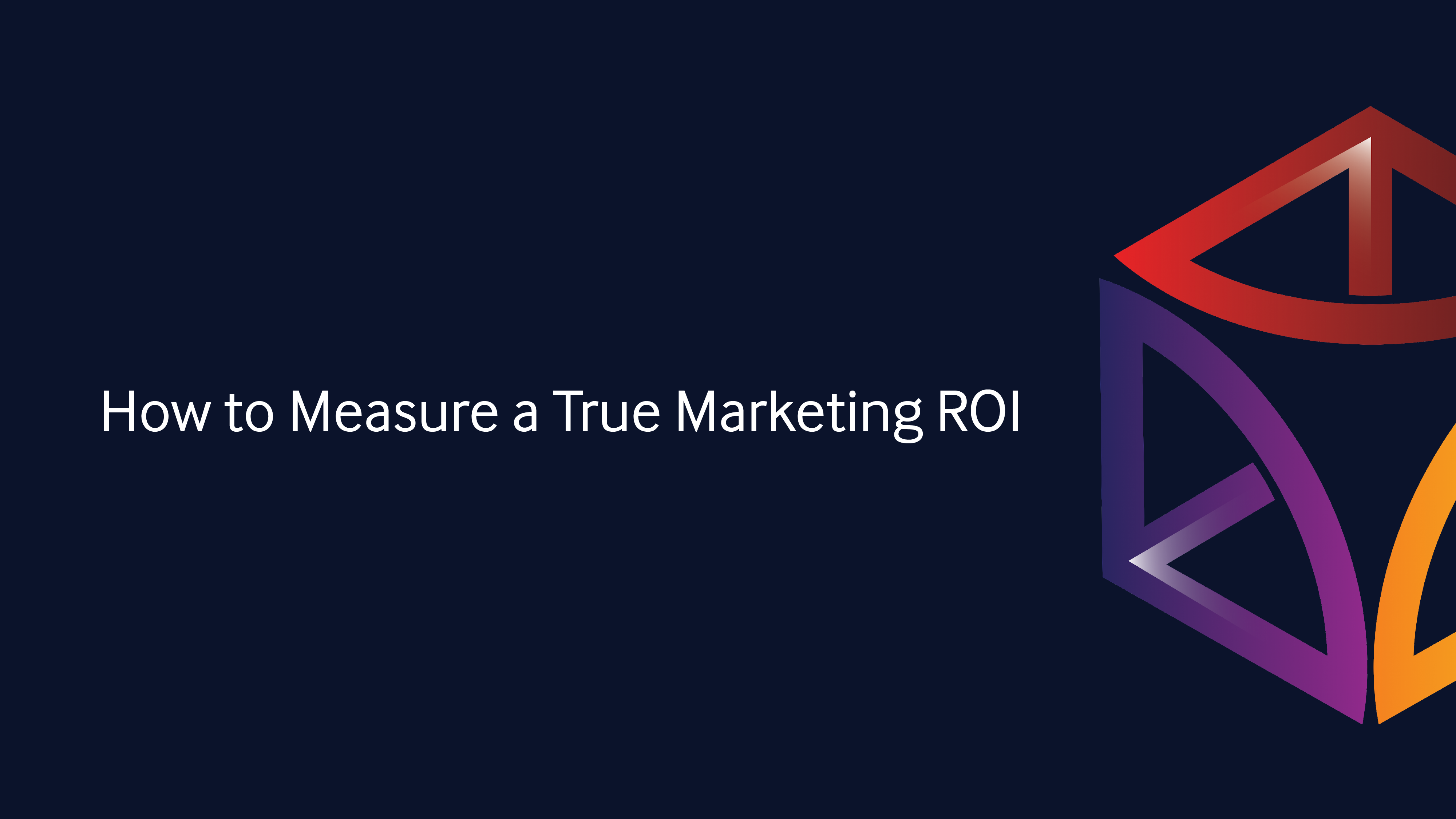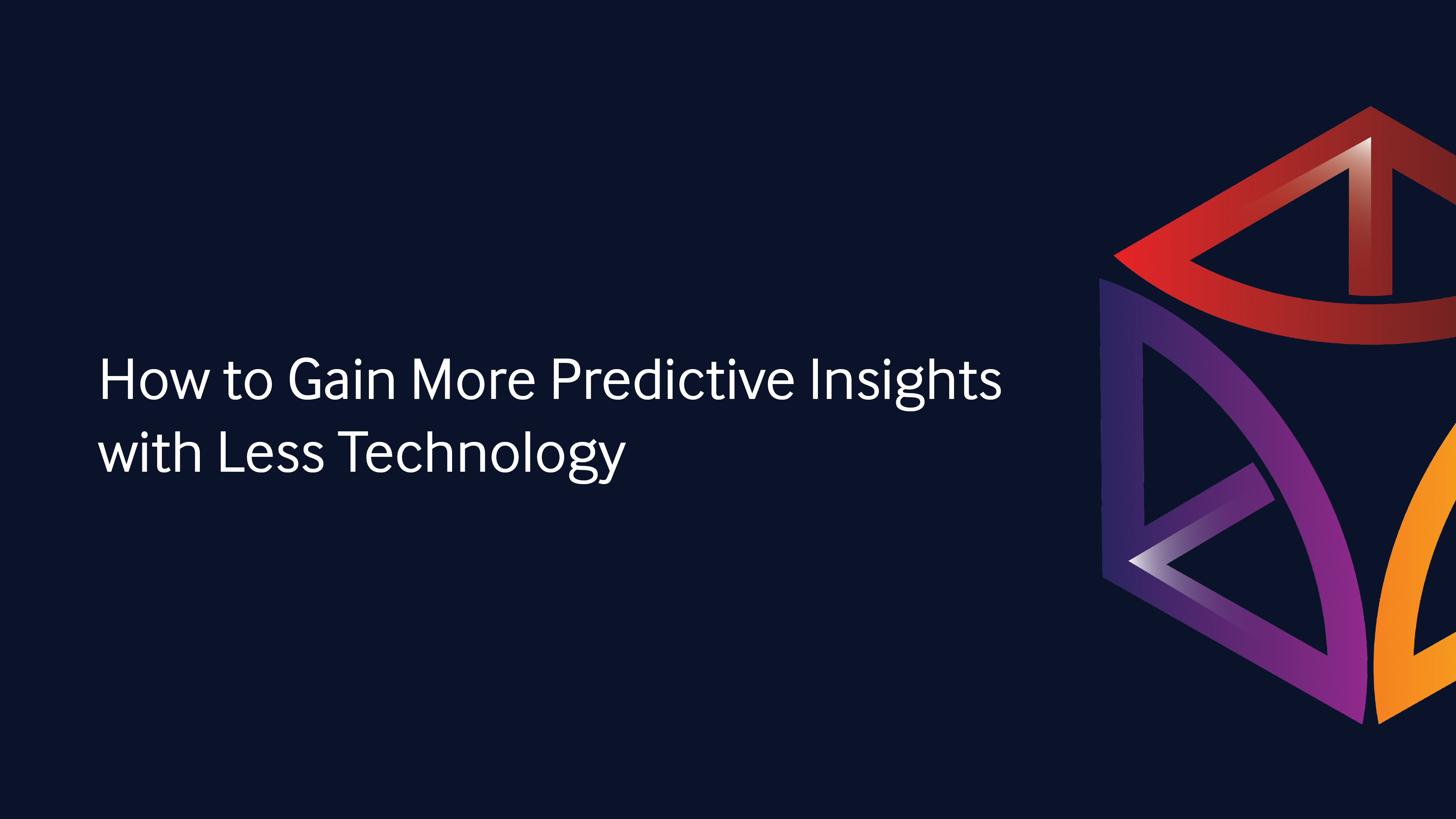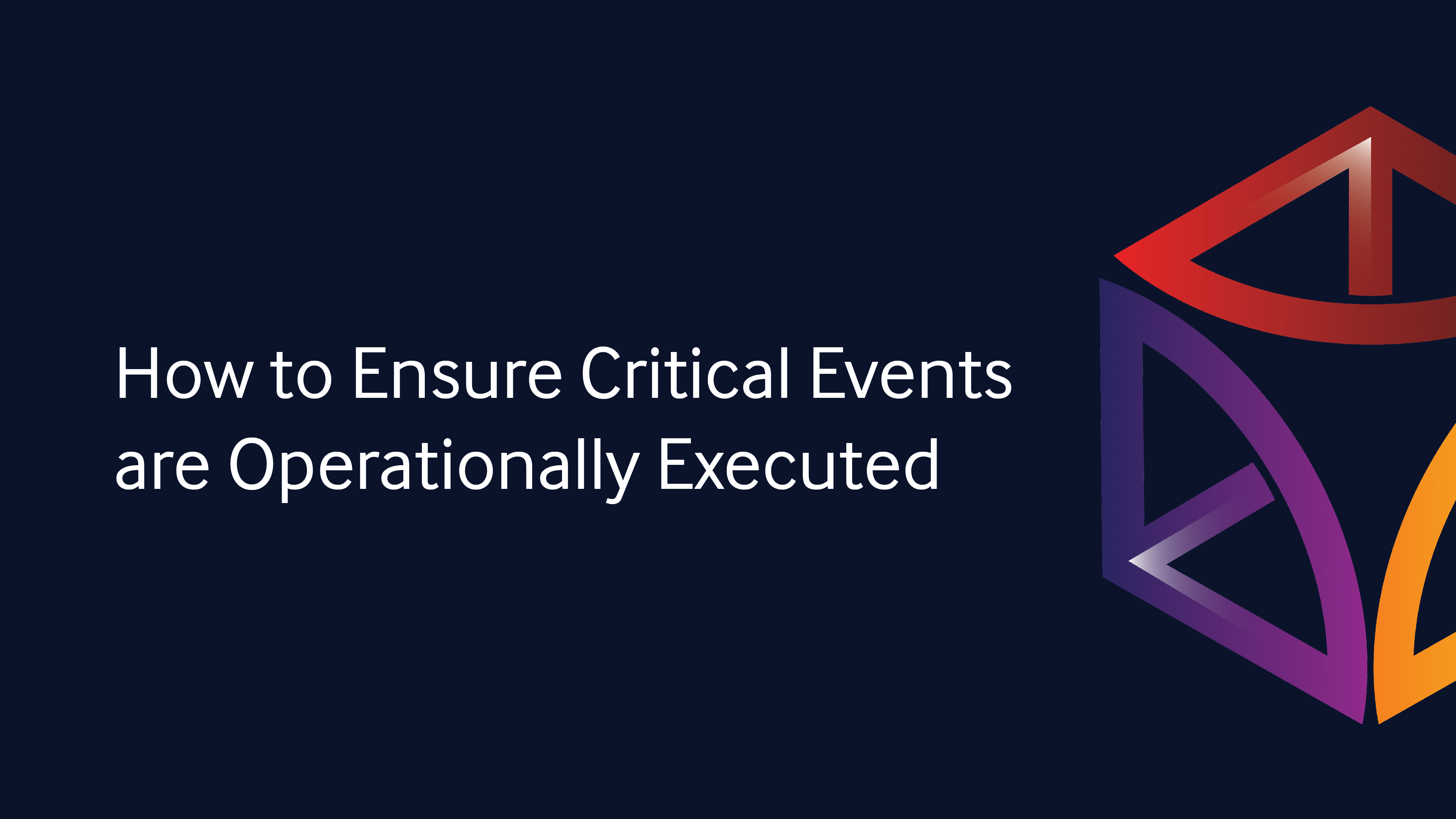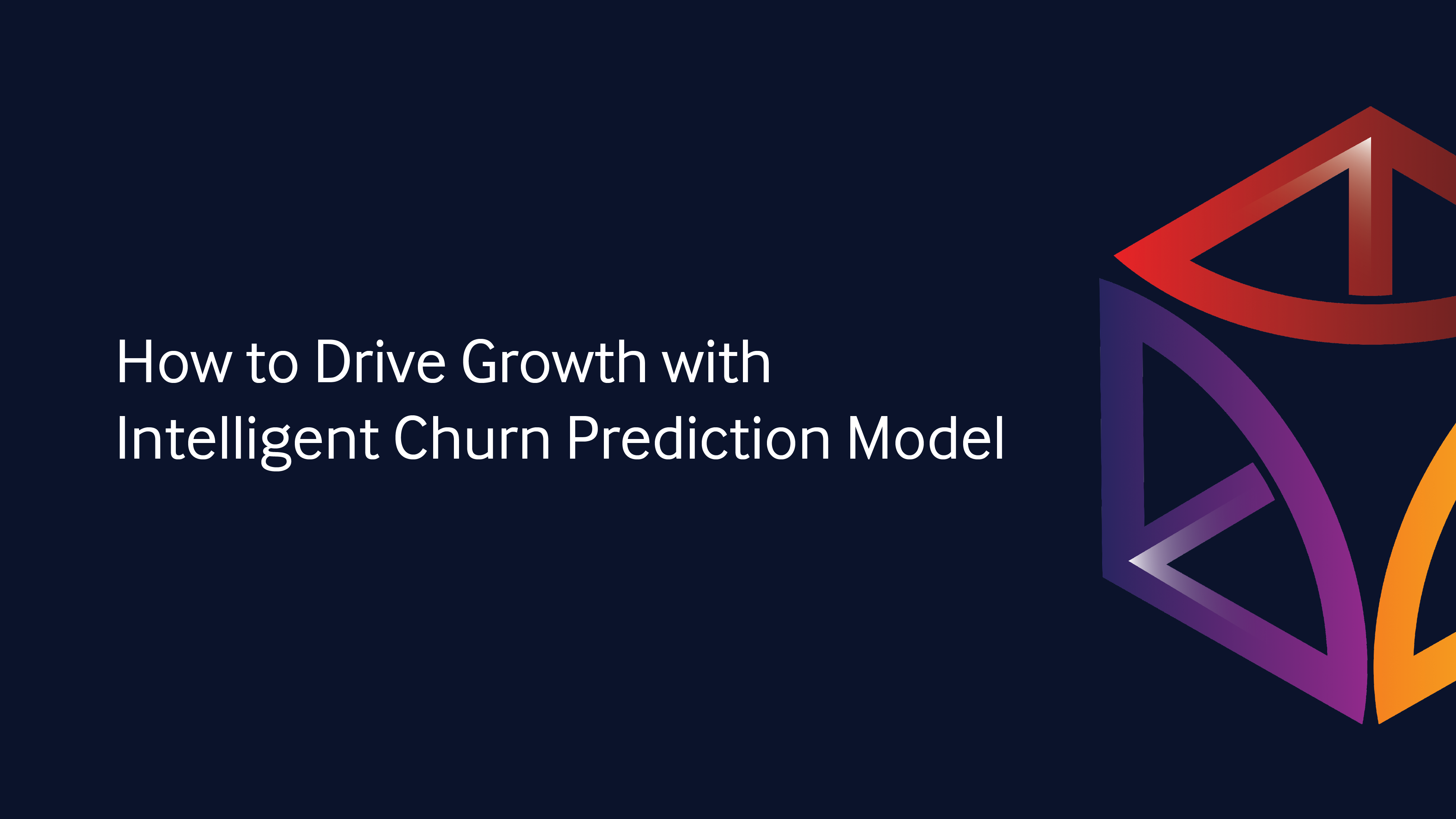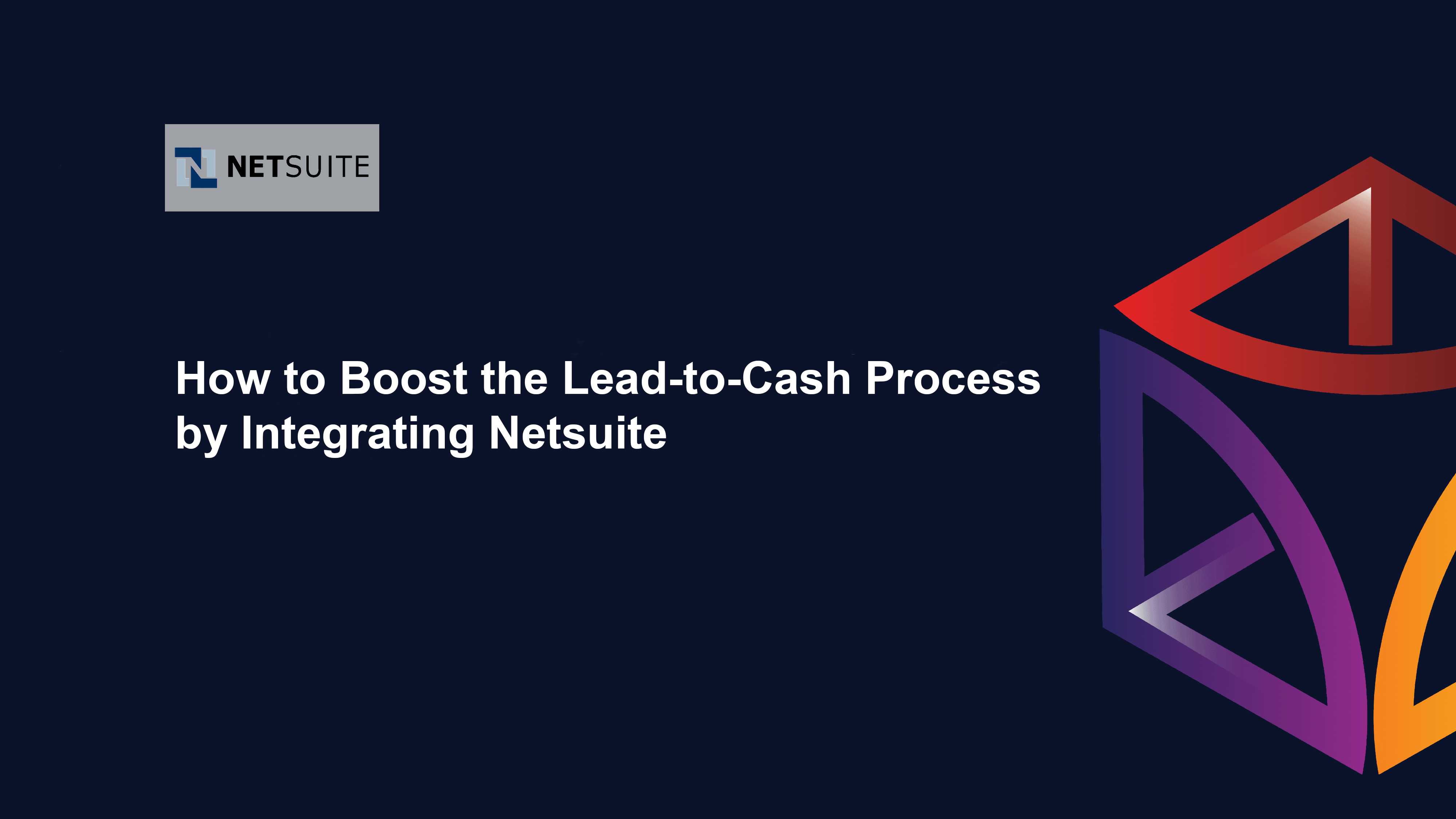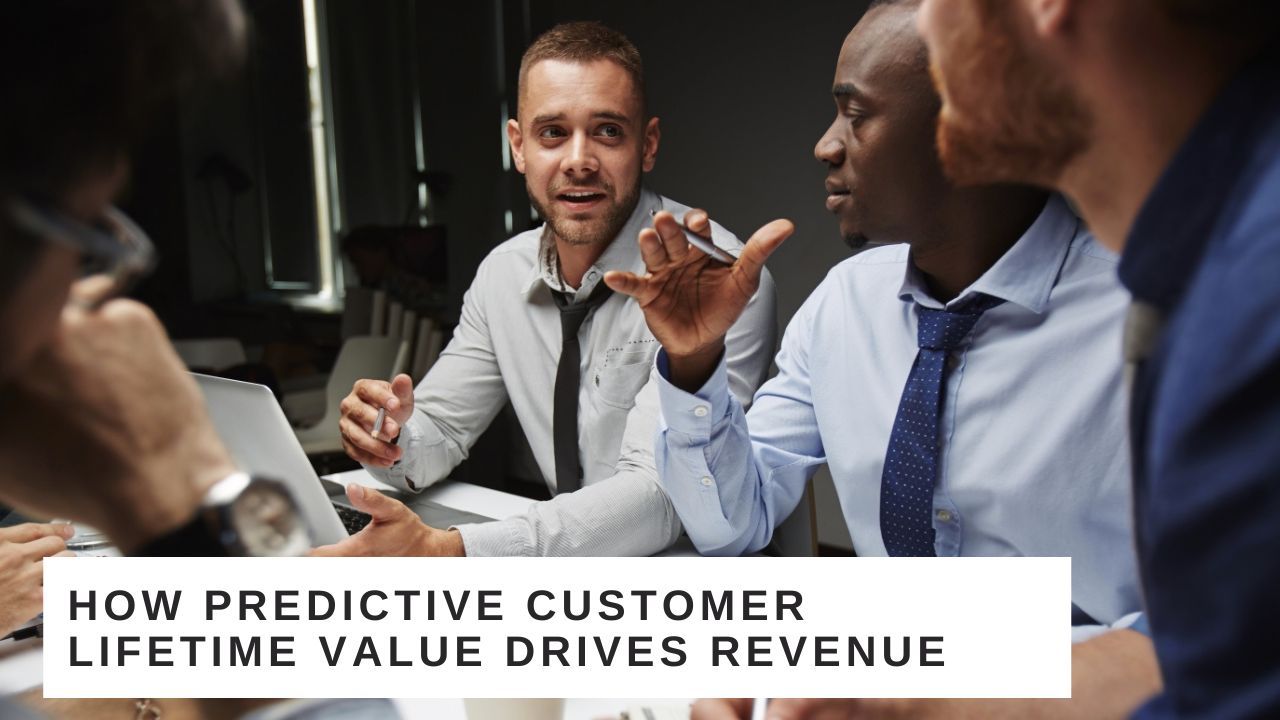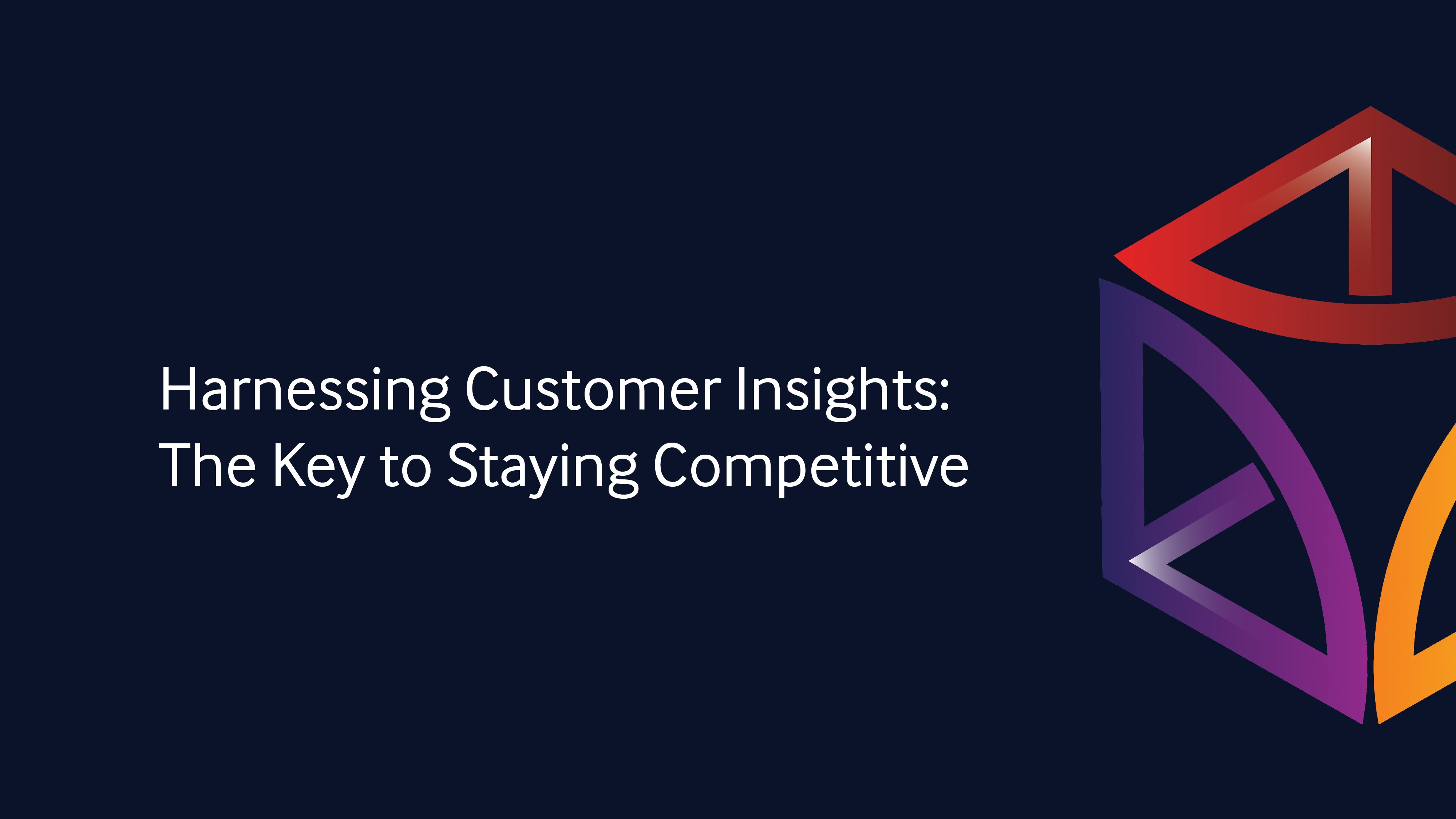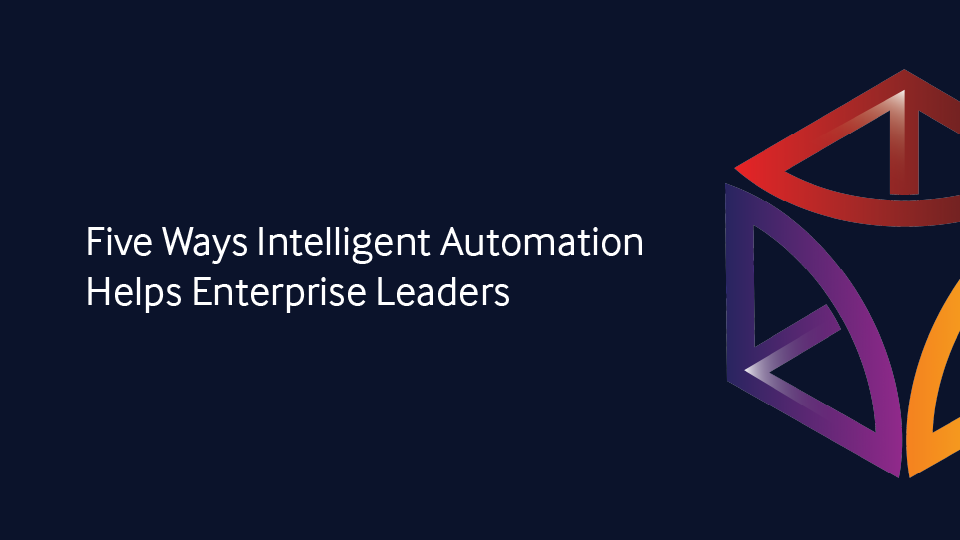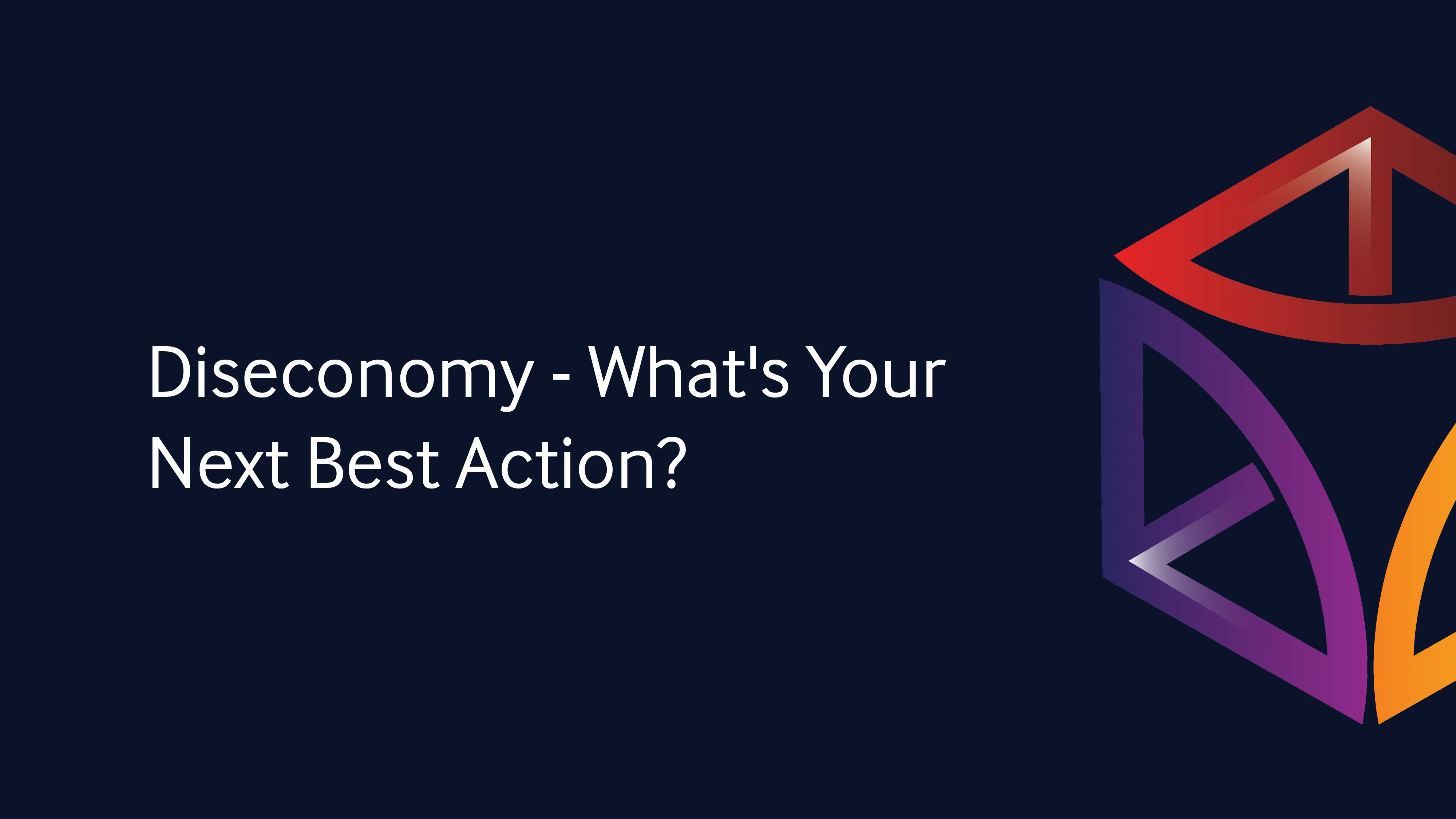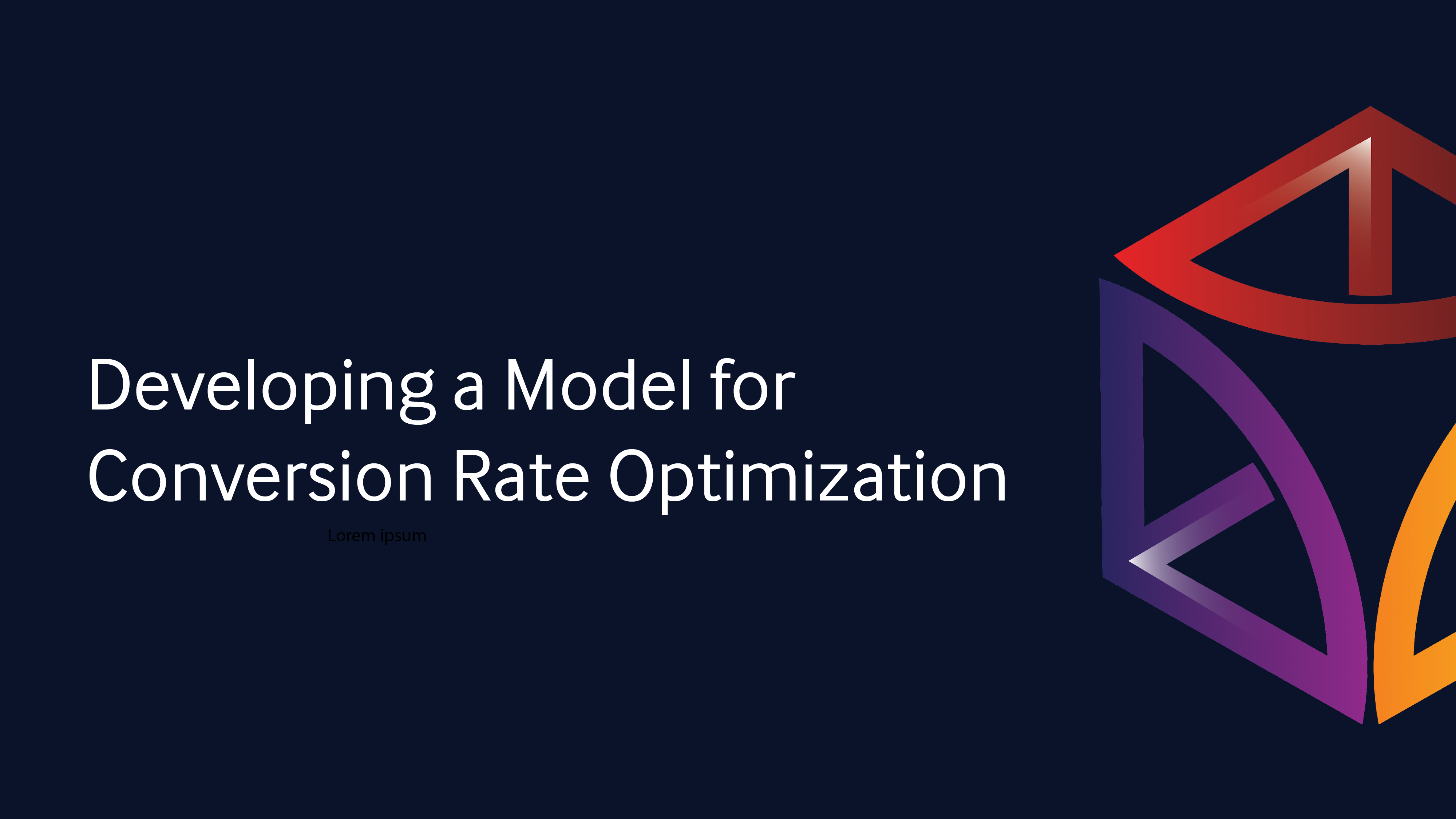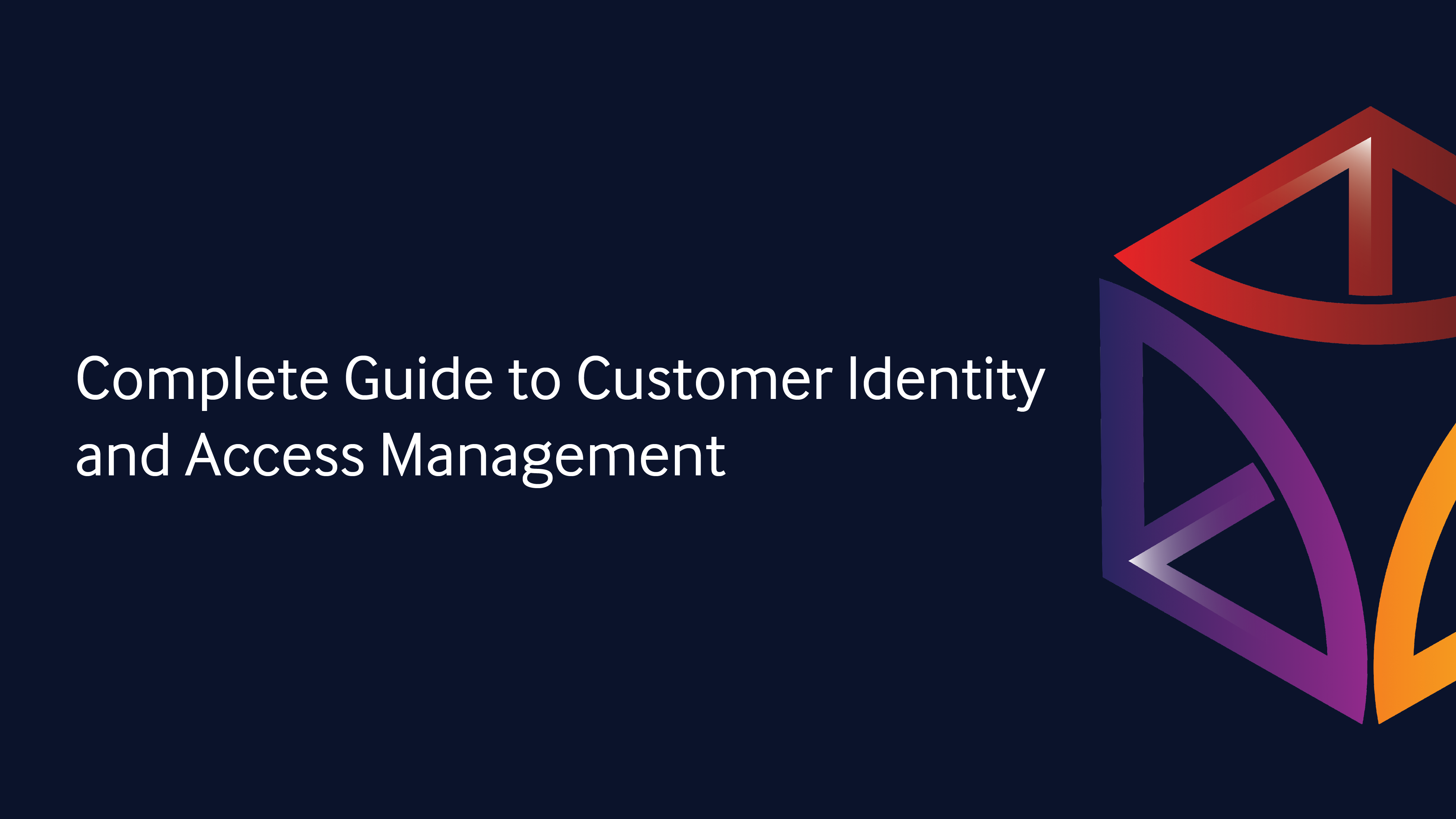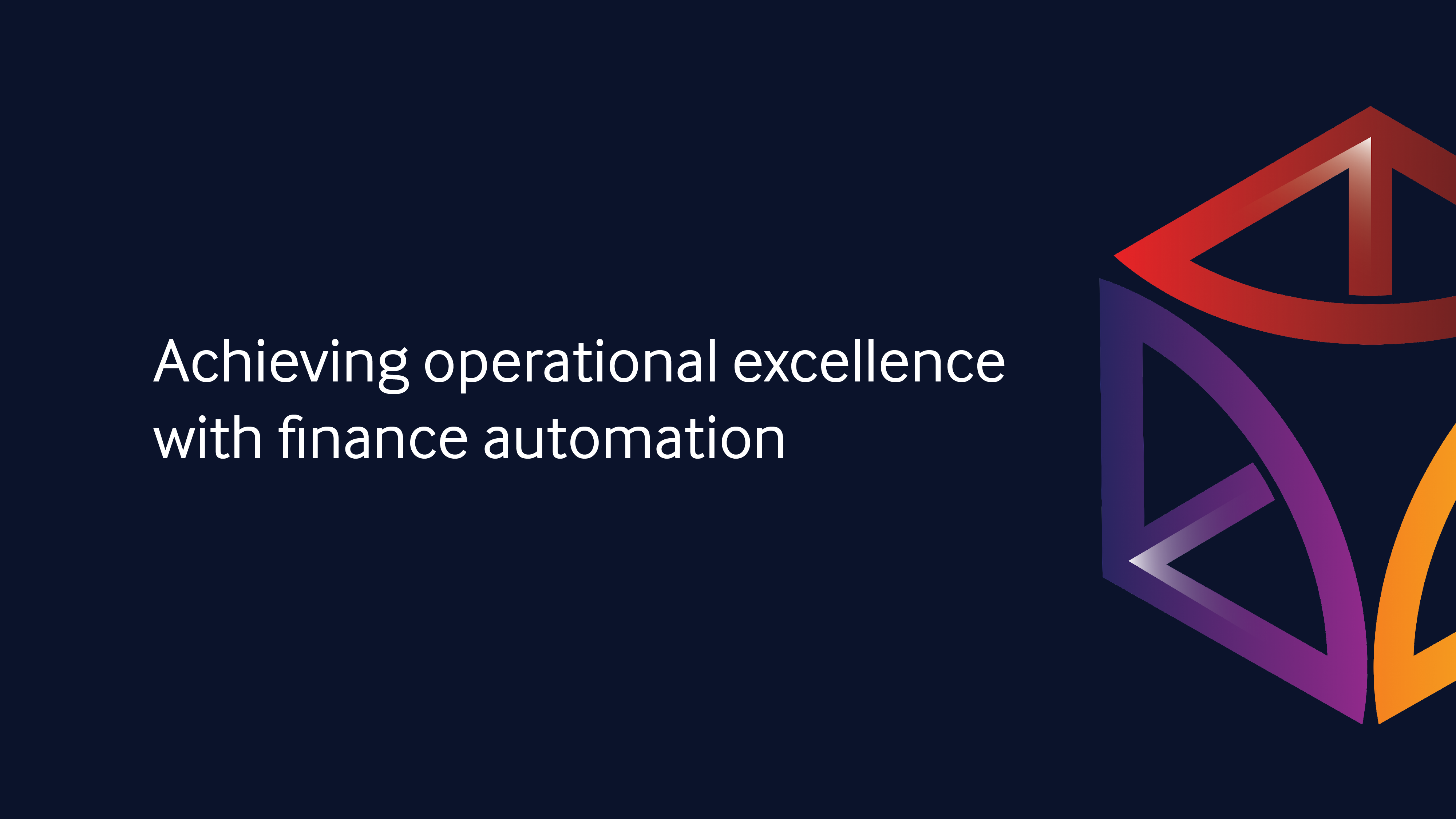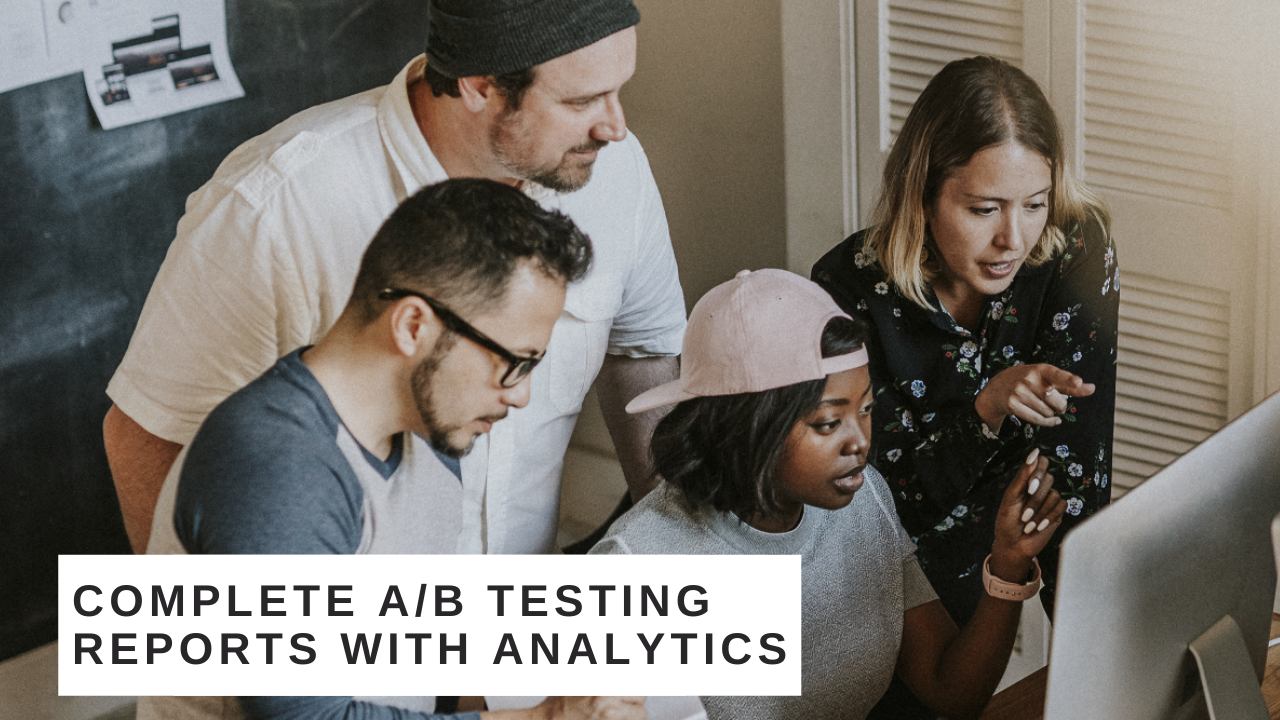
Table of Contents
- Financial Planning and Analysis Automated
One of the most critical business processes in any company is financial planning and analysis (FP&A) because it provides leadership with the ability to understand the organization’s financial health and respond accordingly.
Available research indicates that FP&A has barely seen any efficiency improvements even as the efficiency of transactional functions in many companies has improved by 39% or more. CFOs say priority challenges they face today are those around digital transformation, access to data and creating new business models.
According to the 2020 Deloitte report on reinventing FP&A for the pandemic, FP&A leaders and CFOs feel a big need for the integration of external data with company data to generate actionable insights. They want FP&A teams to execute a more agile and efficient planning process to help them adapt to ever-changing business conditions. This way, they can get a firmer understanding of how to fine-tune their strategies accordingly.
What’s more, the sources of financial information are often in multiple systems of different technical eras and configurations, each requiring a unique way to access the data. As a result, many finance executives are under pressure to improve the FP&A function's flexibility, strategic focus, and alignment with the business.
How Predictive Analytics SuperCharges FP&A Automation
Predictive analytics and orchestration can help FP&A professionals address this challenge of intense manual processes and primitive data tools. By automating FP&A some of the more mundane tasks and providing the desired analysis in a fraction of the time.
For example, predictive analytics can be one of the most potent ways to enhance financial planning and analysis productivity by automating account reconciliation and classification; accountants and FP&A professionals can focus on higher-value activities such as predictive modeling for revenue growth or market share forecasting.
The Challenges Facing the FP&A Process
Today's FP&A function is hindered by the inconsistencies and complexities that have emerged as a consequence of corporate acquisitions, mergers, and organic growth, including:
- Inability to quickly access the needed data
- Challenges in finding and identifying anomalies
- Limitations in ways of operationalizing process automation
- No standardized method for budget and planning collaboration
- Difficulty adapting fast enough to a changing business landscape
- Matrix management requires an array of techniques to look at and analyze data
- Management of various accounting systems with no consolidation and transparency
The budgeting and forecasting process is an excruciating area for organizations with decentralized entities and divisions. Without automated, standardized, and efficient procedures in place, the FP and A function will be severely hampered in its capacity to provide real-time performance data to the company for timely, data-based decision-making.
Accessing the Information and Data
Where spreadsheets start and stop
Spreadsheets are often used to account for account reconciliations, account classifications, account hierarchies, cash forecast scenarios, and account structure mapping.
Unfortunately, spreadsheets are not designed to handle this level of complexity. Each time the organization introduces new data or the business process changes course, it must either rewrite the spreadsheet or create a new one. Spreadsheets also present data governance and collaboration challenges because the data isn’t equally accessible, and changes are difficult if not impossible to track.
As more and more account data is introduced into the company's ledger, accountants and FP&A professionals must deal with a longer list of account reconciliations and account classifications than ever before. And account reconciliations must be performed manually for each account, often requiring accountants to repeat the process, time and again.
Moreover, manual reconciliations can produce inconsistent results because of human error—even among FP&A professionals who are trained accountants. It also takes a great deal of time for an accountant or finance professional to accurately gather the information needed to perform a proper reconciliation. These delays increase costs and exposure to bad numbers, leading to faulty decisions based on incorrect financial data.
No-code solutions for data access
FP&A professionals can act on millions of structured and unstructured data points in the FP&A function if there is a way to quickly access the underlying systems for data, identify anomalies, and quickly build statistics to see what’s going on. What's more, detecting real-time changes is critical because the changes in the data indicate something has changed in the environment, such as cash flow or fraud. FP&A professionals must be able to sift through all of this data and make quick judgments based on a deep understanding of what’s happening. No-code solutions make it possible for non-technical finance professionals to do what data scientists do without writing code. As a result, the solutions reduce the time it takes to get actionable insight from business data.
Anomaly Detection at Scale
Using automated AI algorithms to find anomalies
Finding critical anomalies within the source data is an essential aspect of any FP&A professionals’ daily role. It can help organizations avoid lost revenue or identify fraud. People currently spend enormous amounts of time combing through account and finance data to glean insights into behavior with no easy way to automate this process at scale.
AI makes it possible for FP&A professionals to run massive reports with complex queries and automatically flag potential account anomalies or situations of interest. The system sends alerts so accountants and FP&A professionals know precisely where issues may lie and quickly take action before they escalate into problems down the road.
Where human intelligence fits in
Although account reconciliations, financial forecasts, and account structure mapping rely on FP&A data science and analytics to improve the process with automation - finance professionals still need a way to understand the meaning behind the numbers. Predictive analytics can help FP&A professionals analyze more information in less time by providing them with valuable insights into what’s going on within large data sets—helping them identify what’s essential, a risk, or outside of tolerances.
Turning insights into actionable events
All of this allows FP&A professionals to have actionable insight from their business data sooner, so they have enough time to react before decisions are made based on faulty information. By automating account reconciliations and financial forecasts, FP&A professionals can save time and increase productivity, and they'll be able to focus on high-value tasks.
Automating Processes at Scale
FP&A professionals need to make better decisions about forecasting and budgeting, which can help drive up company revenues. But FP&A teams are often strapped for resources and time, which causes them to rely on manual processes. By applying advanced techniques such as machine learning across disparate data sources using artificial intelligence (AI), FP&A professionals can better predict potential outcomes from different scenarios and make more informed decisions.
For example, AI can find patterns within fixed asset purchases that may indicate how best to prioritize investments moving forward or point out anomalies in general ledger accounts that may require closer examination of revenue streams or account classifications. FP&A professionals can also use predictive analytics to examine account performance over a period of time and better predict account performance for the future to identify potential risks or opportunities.
Creating the process and workflows
FP&A professionals are familiar with their companies' processes and understand their significance in organizational workflow efficiency. Inefficiency in essential business processes can cost the company real money while also posing a significant risk. FP&A teams are frequently immersed in process inefficiency and are often compelled to address these operational problems.
When an organization's processes are handled via spreadsheets, emails, attachments, etc., this adds to the risks of improper approvals, delays, and inadequate visibility. To solve this problem, FP&A teams are embracing intelligent automation systems.
Connecting across systems
Through workflow automation systems, FP&A professionals can ensure the financial information they're collaborating on is always available to them and others involved in the process. Intelligent automation systems help companies better coordinate workflows and processes across various departments (e.g., sales, marketing, development) by connecting financial data between disparate financial applications like financial planning software and accounting software.
For example, FP&A professionals can automatically push financial information generated from their company's financial planning system into their financial statement preparation team's existing spreadsheet or ERP system. This will give FP&A professionals access to up-to-date financial data. In addition, it allows them to make more informed decisions about what projects are worth pursuing further, thus creating higher revenue for the organization while also increasing financial performance.
Using robotic process automation and integration
There are several financial planning and analysis (FP&A) processes that financial managers have to conduct repeatedly, with minimal variation. These activities include financial consolidation, budgeting, forecasting, and reporting. With repetitive tasks like these, financial professionals can struggle to complete them on time as they require significant effort; the average FP&A manager spends as much as 75% of his time on data preparation alone.
Robotic process automation (RPA) technology enables companies to streamline repetitive tasks with the help of software robots that perform business logic at scale—without human intervention. A financial institution that employs RPA technology can free financial professionals to focus on higher-level, unique tasks where human creativity and business knowledge will make a significant difference.
How Prediction Works in FP&A

Small companies need forecasts to know when their cash flows will arrive to pay their staff and suppliers. On the other hand, mid-size firms need forecasts to compete against smaller, more agile businesses or larger, wealthier companies. Big companies also need forecasts to identify and exploit emerging growth opportunities. Making predictions is a critical part of an FP&A professional's work.
Data insights are driven by trending & correlation
Some analysis systems now include a "predictive analytics" functionality primarily for trending analysis. Trending analysis leverages statistical methods to find patterns over time in the data of a single variable and create a time-based equation that fits the series. This is used to construct future series with a degree of confidence in the predicted figures.
Correlation understands that almost all variables are influenced by other measures, whether assumptions or actions about the business environment. These relationships can be calculated using regression analysis to determine how much one variable influences another. This technique creates a formula that may be used to project future values of the dependent variable.
Connecting to process automation solutions
As finance enters the digital transformation era, CFOs and senior management require financial models that can be used to create practical and agile business strategies. A digital-first FP&A strategy entails using tactics that are focused on agility, process automation, metric-based insights, and transparency. Extreme automation is expected to gain notable traction in the next few years as more organizations incorporate AI and robotics in practically every function in the enterprise.
Companies are turning to modern FP&A planning solutions for a deeper, flexible, and holistic view of their data. The benefits of process automation solutions go beyond cost savings. They allow FP&A pros to simplify planning and financial reporting while monitoring thousands of data points in real-time.
Integrating across day-to-day desktop tools
The financial world is changing. The financial planning and analysis (FP&A) function has traditionally been a centralized team that developed financial models, policies, and financial data reporting based on historical financial information from the company's ERP system. FP&A professionals have used desktop finance applications to collect real-time data from financial systems and perform forecasting and financial analysis.
Going through the financial planning process steps is one of the most critical tasks of finance teams in any business. Yet, it’s still primarily manual—a time-consuming, tedious process that involves pulling data from different systems and assembling financial models with spreadsheets.
The FP&A team can use application programming interfaces (APIs) to programmatically access live financial data, allowing organizations to automate financial reporting with real-time financial insights. This makes it possible for finance professionals to automatically generate financial reports in near real-time while focusing on value-added activities such as risk mitigation, strategy execution, and collaborative decision-making. It helps you make better decisions faster.
Your company may consider cloud financial planning and analysis solutions or those delivered in a SaaS model. These financial software-as-a-service (FPS) platforms deploy financial models, financial policies, financial reporting, analytics dashboards, financial consolidation, resource management capabilities—all standard FP&A features you'd expect from an enterprise solution for financial planning—in the cloud.
Cloud-based FPSs are deployed on a subscription basis. This allows companies to use only those systems they need now and add new ones as their business grows without significant capital investments upfront.
The Business Case for Automated FP&A
Financial planning and analysis have grown in significance in recent years for businesses of all sizes; any comprehensive financial planning today must include automation. Finance executives should question the cost of time and money that finance teams spend to develop timely insights and appropriate plans.
Most finance teams dedicate more than 60% of their time to activities that can be, at least in part, automated. The possible business impact if these teams were to succeed in reducing this time has tremendous potential.
Some of the benefits that an organization would reap from automated FP&A include:
- Efficiency gain from time saved doing manual steps
- Information quality increases from consistent information being used
- Reduction of errors within data and manual reconciliation processes
- Reduction of financial planning and analysis project timelines
- Continuous financial data availability
- Financial reporting accuracy and timeliness
- Vendor-agnostic financial models that integrate with multiple systems such as Oracle, SAP, Microsoft Office/Excel, Cognos, MicroStrategy, etc.
These benefits make financial automation a top priority for finance professionals.
Key Takeaways
In the near future, automation will be part of the fundamentals of financial planning in any forward-leaning enterprise. Strategic financial planning for 21st-century organizations must include predictive analytics and FP and A automation.
Here are some more key takeaways from this piece:
- AI unlocks intelligent automation opportunities within the FP&A process
- No code tools help organizations scale
- Allows FP&A to focus on value-adding activities
Predictive FP&A software programs are available to financial professionals looking for better tools to manage financial data, financial models, financial policies, and financial reports and automate the entire financial planning cycle. As a result of this automation, users will save time by spending less time on manual processes and more time focused on financial insights and strategies to help grow the business.
Putting financial reporting automation in place can positively impact an organization's financial accuracy, efficiency, financial reporting timeliness, project management processes—and ultimately, its financial performance.
Put It Forward's finance solutions are designed to help your organization develop a better financial plan. Our orchestration and automation platform can help your company control events and quickly automate entire processes across every one of your business functions. That's why FP&A automation has become a reality for many of our customers—without writing any code or investing significant human resources into customizing complex solutions that may not even be compatible with existing systems.
Contact us today and reap the benefits of financial planning through our orchestration and automation platform for your FP&A team.

Elsa Petterson
Partner success manager @ Put It Forward
